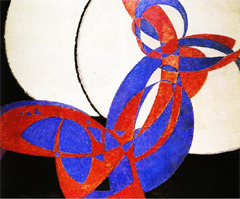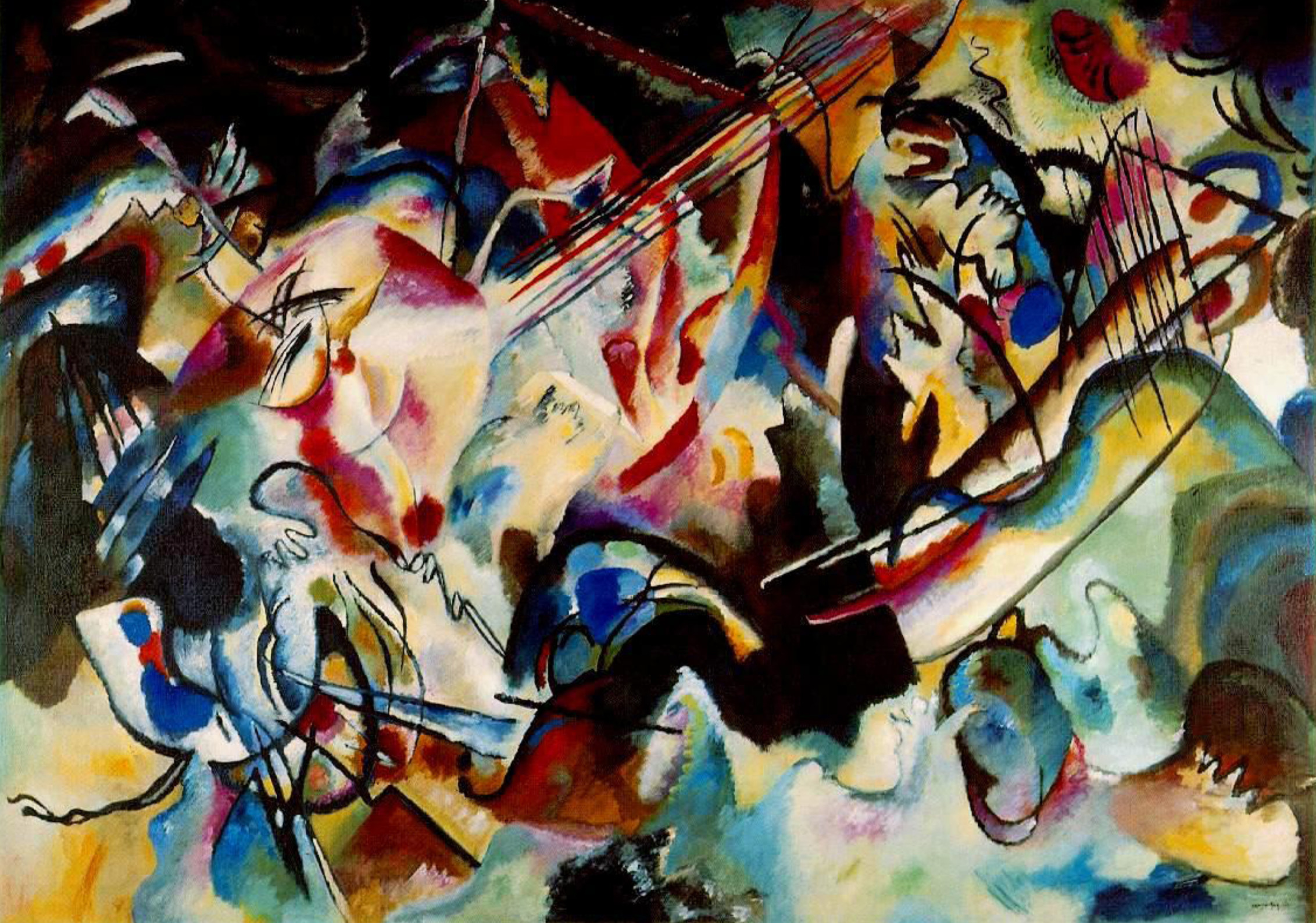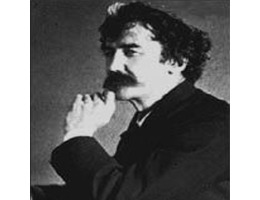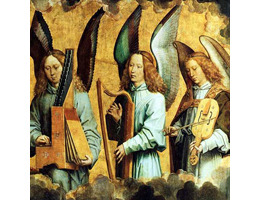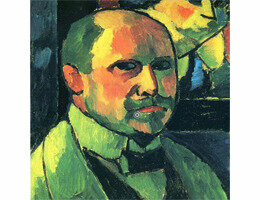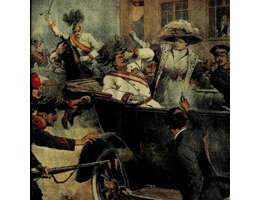After Kandinsky’s and Schoenberg ground-breaking endeavors, many artists in France, Italy and Russia started to follow different paths — all towards abstraction.
Painting
“Must we not then renounce the object altogether,throw it to the winds and instead lay bare the purely abstract?”Vasily Kandinsky, 1911 In the early years of the 20th century the relationship between the arts and music was at its closest
‘Comme de longs échos qui de loin se confondent…. Les parfums, les couleurs et les sons se répondent’ (As long echoes confound from afar….perfumes, colors and sounds respond to each other’) Charles Baudelaire, ‘Correspondances’ The recent exhibition at the Sackler
One of the most eagerly encoded images in a number of different cultures and contexts is the angel sitting on a cloud and playing the harp. What could be more comforting upon leaving this earthly realm than being greeted by
Violins, guitars, mandolins, music sheets and references to classical composers are very much part of Braque’s oeuvre, particularly during his analytic and synthetic cubist period, which essentially started in the early part of the 20th century and lasted well into
Last month’s article focused on the impact of the Great War on musicians, artists and writers in France –today I will focus on its impact in Germany and Austria.
2013 saw the celebrations of Verdi’s and Wagner’s bicentennials, the centennial of Benjamin Britten’s birth and of Stravinsky’s ‘Rite of Spring’. 2014 marks a more somber centennial — of the outbreak of the Great War following the assassination of Archduke
A recent concert by the distinguished Emerson String Quartet (Eugene Drucker, violin; Philip Setzer, violin; Lawrence Dutton, viola; Paul Watkins, cello) at the Smithsonian Institution in Washington, D.C. paired Dmitri Shostakovich’s String Quartet No. 15 in E-flat minor, Op. 144

